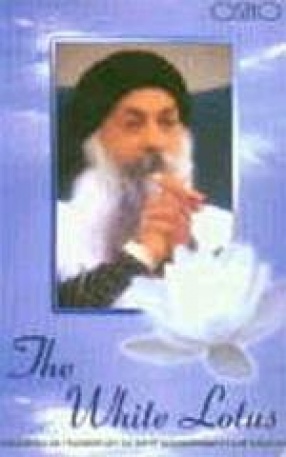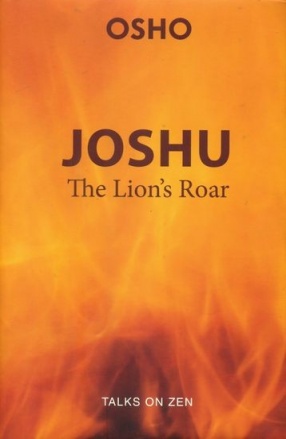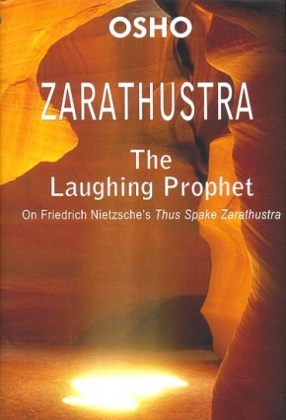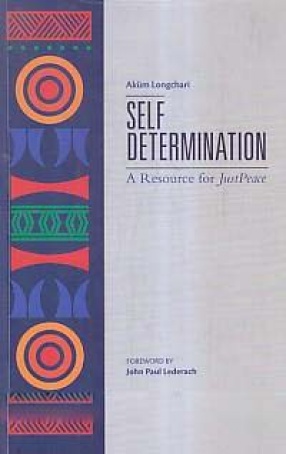The white lotus is a beautiful symbol. White represents multidimensionality, because white contains all the colors of the spectrum. That is the most strange, unbelievable quality about white: it contains all the colors yet it seems to be colorless. But it contains all those colors in such synthesis, in such harmony, that they all disappear. They dissolve into oneness and that oneness is white. White represents the ultimate synthesis and harmony. . . And the lotus also is a great symbol, particularly in the east. . . The lotus represents the essential meaning of sannyas. The lotus lives in the lake and yet the water cannot touch it. It lives in the water and yet remains untouched by the water. The lotus represents the witnessing quality of your being: you live in the world, but you remain a witness. You remain in the world and yet you are not part of it. You participate and yet you are not part of it. You are in the world, but the world is not in you. When you become a calm and cool observer of life you are going to laugh-not ordinary laughter but a belly laughter like a lion’s roar. And white lotuses will start showering on you.
The White Lotus
by Osho .
$5.70
$6.00
In stock
Free & Quick Delivery Worldwide
All orders amounting to US$ 50 or more qualify for Free Delivery Worldwide. For orders less than US$ 50, we offer Standard Delivery at $14 per book.
ABOUT THE AUTHOR Osho .
Osho was born in Kuchwada, Madhya Pradesh, on 11 December 1931. Rebellious and independent from childhood, he insisted on experiencing the truth for himself rather than acquiring knowledge and beliefs given by others. He attained 'enlightenment' at 21 and went on to complete his academic studies. He spent several years teaching philosophy at the University of Jabalpur. Meanwhile, he travelled throughout India delivering talks and meeting people from all walks of life. By the 1960s, Osho had begun to develop his unique dynamic meditation techniques. He felt that modern man is so burdened with the archaic traditions of the past as well as the anxieties of modern-day living that he must go through a deep cleansing process before he can hope to discover the thought-less, relaxed state of meditation. In the early 1970s, the West first began to hear of Osho. By 1974, a commune had been established around him in Pune, and the trickle of visitors from the West soon became a flood. Osho spoke of every aspect of life and on the development of human consciousness. Based on his own existential experience rather than on intellectual understanding, he distilled the essence of what is significant to the spiritual quest of contemporary man. Osho left his body on 19 January 1990. His commune in India continues to attract thousands of international visitors who come to participate in its meditation, therapy and creative programmes or to simply experience being in a 'Buddhafield'. Osho's talks have been published in more than 600 volumes and translated into over thirty languages.
reviews
0 in total
Review by Anonymous
Be the first to review “The White Lotus” Cancel reply
You must be logged in to post a review.
Bibliographic information
Title
The White Lotus
Author
Edition
1st ed.
Publisher
ISBN
8172249519
Length
vi+306p., 22cm.
Subjects








There are no reviews yet.